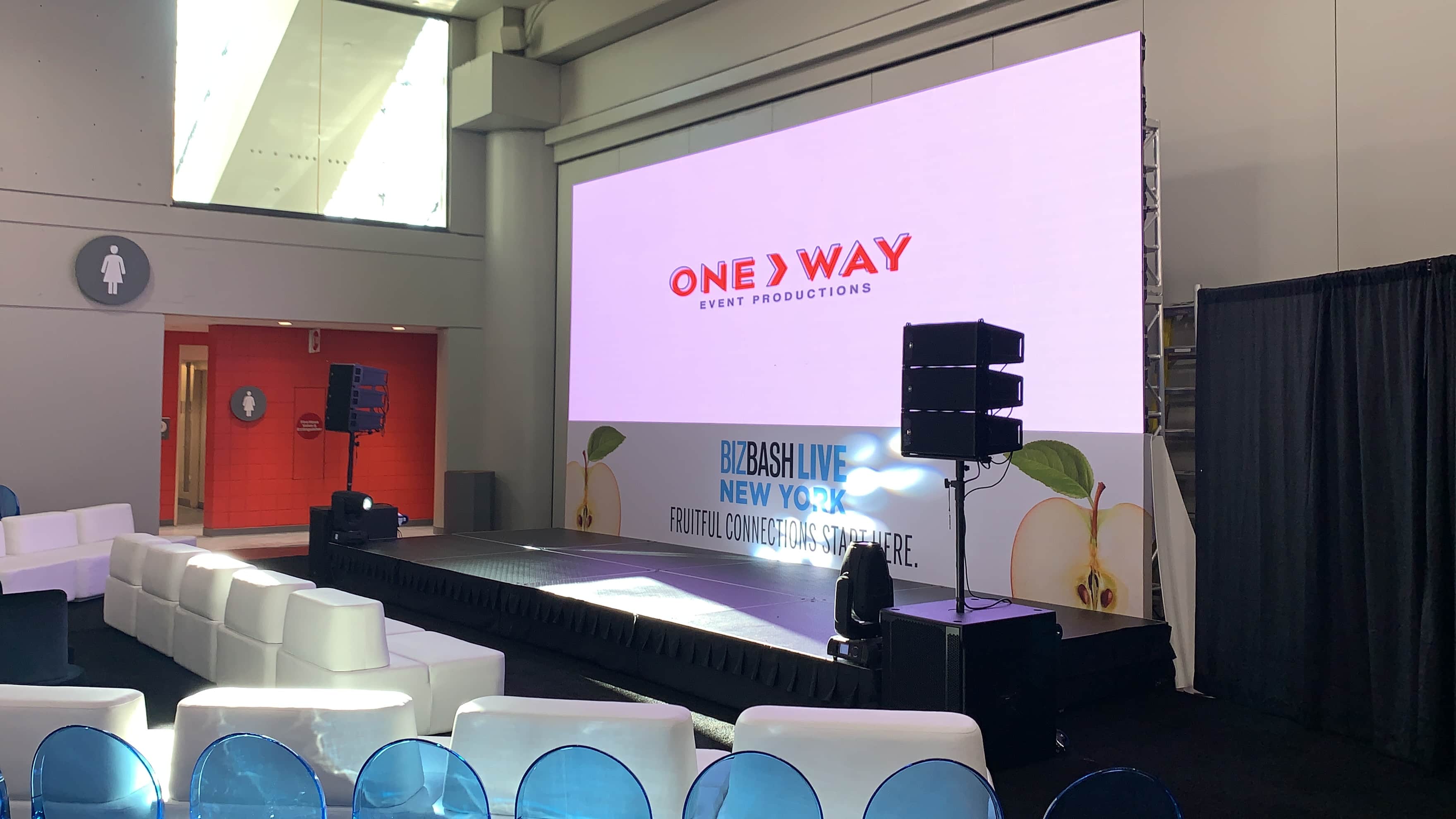Mastering the Art of Flawless Video Projection on Arched LED Walls for Stunning Graphic Audience Experiences
Mastering the Art of Flawless Video Projection on Arched LED Walls for Stunning Graphic Audience Experiences
Blog Article
Film projection is an innovative technology that enables visuals and videos to be projected onto areas, creating stunning visual encounters. When it comes to rounded surfaces, perfecting this art can be a bit more difficult than projecting onto flat surfaces. Rounded areas can encompass anything from the facades of buildings to sculptures and even platforms. Grasping how to efficiently project footage onto these shapes is crucial for artists, designers, and event organizers who want to create engaging environments that enthrall audiences.
The first step in footage projection on rounded surfaces is to understand the geometry of the area. Rounded areas can be complex, with different degrees of bend. To achieve a seamless projection, it is vital to build a 3D representation of the area. This representation helps in imagining how the video will appear when cast. Software tools are accessible that allow users to develop these models and simulate the projection. By precisely aligning the measurements and contours of the area, designers can guarantee that the video aligns perfectly without distortion.
Once the 3D representation is prepared, the following step is to prepare the video content. This includes modifying the video to fit the particular form and size of the curved area. It is essential to consider the angles and sightlines from which the viewers will view the display. The content should be crafted to click this over here now enhance the visual encounter, making it captivating and relevant to the theme of the occasion or setup. Using premium graphics and animations can greatly enhance the total effect of the projection.
After preparing the material, the real projection procedure starts. This involves setting up the devices at the correct angles and spaces to guarantee that the video aligns with the 3D representation. Calibration is a key part of this procedure. It may necessitate adjusting the brightness, differentiation, and focus of the devices to obtain the best outcomes. Additionally, using several projectors may be necessary to encompass larger or more complex areas. This technique, known as edge blending, helps create a seamless visual across the whole area.
Ultimately, trialing the display is essential before the conclusive show. This allows designers to make any required adjustments to the video and device settings. It is also an chance to see how the audience will perceive the projection from different perspectives. By confirming that the video projection is flawless, designers can deliver a stunning aesthetic experience that leaves a memorable impression. Mastering footage mapping on rounded surfaces not only enhances creative output but also opens up new possibilities for narrative and viewer engagement in multiple environments.